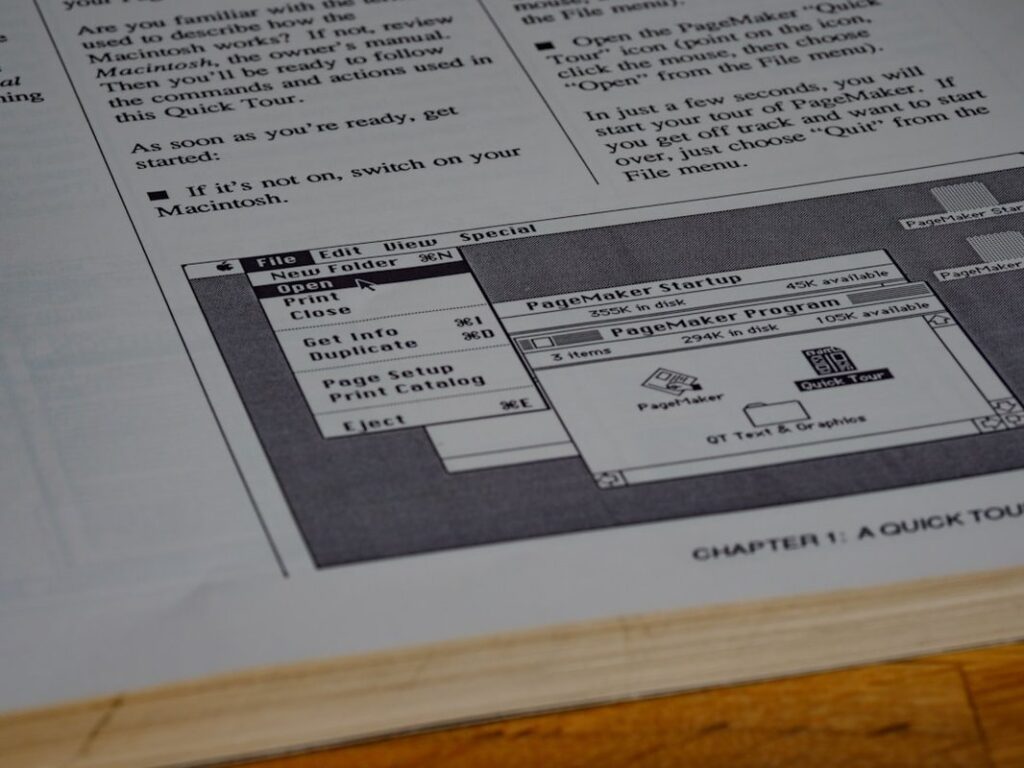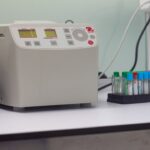Remember That Time You Crammed All Night… And Remembered Nothing?
Picture this: It”s midnight before your big exam. Coffee cups litter your desk, your eyes feel like sandpaper, and you”ve reread that textbook chapter four times. Fast forward to the test – you blank on everything except the weird doodle in the margin of page 37. Sound familiar? That was me throughout college until I discovered something revolutionary: test enhanced formatter. Not just studying harder, but studying smarter by turning passive review into active retrieval.
[IMAGE_1: Person frustrated at desk surrounded by books]
The “Aha!” Moment: What This Formatter Actually Does
So what is this magic trick? At its core, test enhanced formatter isn”t some fancy software or expensive course – it”s a cognitive powerhouse hiding in plain sight. Essentially, it leverages testing as part of the learning process rather than just an endpoint. I like to think of it as mental weightlifting: reading is like watching workout videos, but testing is actually lifting the barbell.
Here’s what happens neurologically:
- When you passively read notes, your brain treats it like background noise
- When you force recall through self-testing, you forge stronger neural pathways
- The “enhanced” part comes from strategically formatting these tests for maximum impact
I’ve seen students transform from anxious crammers to confident learners just by restructuring how they quiz themselves. One former client told me it felt like “finding cheat codes for her own brain.”
The Dirty Secret About Highlighters
Confession time: those fluorescent markers are practically placebo tools! Studies show heavy highlighting gives the illusion of mastery while doing zilch for actual retention. Test enhanced formatter flips this by making your brain sweat productively.
Why Your Brain Loves This Kind of Discomfort
Remember struggling to recall that actor’s name? When it finally pops up hours later, it sticks forever because of something called “desirable difficulty”. That momentary struggle creates deeper learning cement.
[IMAGE_2: Brain diagram showing neural connections lighting up during recall]
The science breakdown:
- Retrieval practice: Forcing recall strengthens memory pathways better than re-reading
- The generation effect: Creating answers yourself boosts retention by 30% versus passive review
- Metacognition calibration: Testing shows you what you actually know versus what you think you know
A professor friend proved this beautifully with her anatomy students. Group A reread flashcards daily; Group B took weekly self-tests without notes. Guess who scored higher come finals? Group B crushed it by an average of two letter grades!
The Forgetting Curve Assassin
Ever notice how facts vanish within days? Hermann Ebbinghaus documented this decay curve back in 1885! The solution? Strategic testing intervals built into your formatter schedule.
Crafting Your Personal Learning Powerhouse
“Okay,” I hear you say, “how do I actually DO this?” The beauty lies in customization – your test enhanced formatter should fit like a favorite pair of jeans.
The Format Framework That Changed Everything For Me:
- The Warm-Up Quiz: Before reviewing material, take a blind stab at practice questions (embrace the blanks!)
- The Mini-Challenge: After each concept session, create three bullet points from memory
- The Switch-Up: Transform notes into fill-in-the-blank templates later (works wonders for dates/formulas)
- The Grand Slam: Weekly cumulative tests mixing old/new concepts
[IMAGE_3: Hand holding notebook showing color-coded self-test templates]
A medical resident client created “patient case quizzes” using this method during rotations. Instead of memorizing symptoms lists, he’d write hypothetical cases forcing differential diagnosis recall.
Troubleshooting Your System
- “But I keep freezing!” → Try cue cards with single keywords instead of full questions
- “It takes too long!” → Set phone alarms for micro-tests during commute/waiting lines
Avoiding The Pitfalls That Derail Progress
(Because I’ve faceplanted into all these!) The biggest mistake? Treating self-tests like exams rather than discovery tools.
- The Perfection Trap:> If scoring perfectly stresses you out… you’re doing it wrong! Embrace errors as diagnostic gold mines.
- Cram Deja Vu:> Spacing tests works exponentially better than marathon sessions – three 20-minute sessions beat one hour-long grind every time.
- Solo Syndrome:> Alternate between individual recall drills and explaining concepts aloud to a rubber duck/pet/patient roommate.
A grad student I mentored kept failing mock exams until we discovered her fatal flaw: she only tested fresh material rather than cycling back through previous modules.
The Ripple Effects Beyond Memorization
><<<<<<< HEAD >>>>>>> feature_branch
> Here’s where it gets magical – when clients stick with their personalized test enhanced formatter for six weeks+, they report unexpected bonuses:
> ======= >>>>>>> feature_branch
- > ======= >>>>>>> feature_branch
- > Reduced study hours with better results (Lisa reclaimed ten weekly hours while raising her GPA)
- > Tangible confidence spikes during presentations/interviews (“Knowing I can retrieve info on demand changes everything”))))))))))))))))))))))>> ======= >>>>>>> feature_branch
- > Sharper critical thinking as brain learns pattern recognition between concepts > ======= >>>>>>> feature_branch >>>>>>> feature_branch
<<<<<<<< HEAD:hooks/test_enhanced_formatter.md
> Your Questions Answered (FAQ) <<<<<<<< HEAD:hooks/test_enhanced_formatter.md
- ><
- > How long until I see results?
- > Most notice improved recall within five sessions! Lasting mastery typically builds over three weeks as spaced repetition compounds gains.
- ><
- > Can I use digital tools for this?
- > Absolutely! Apps like Anki or Quizlet work wonders but tailor them—disable multiple choice defaults and force manual input for true retrieval practice.
- ><
- > What if my material isn’t fact-based?
- > Perfect for complex concepts too! For philosophy essays I created “argument maps”—testing myself on counterpoints instead of dates.
- ><
- > How often should I redesign my formatters?
- > Recalibrate monthly—if tests become too easy add complexity.
- ><
- > Is there an optimal failure rate?
- > Surprisingly yes—aiming for ~15-20% error rate keeps challenges productive without being discouraging.
- >
><
><
><
><
><
>
<
> Ready To Rewire Your Brain?
This isn”t theoretical – test enhanced formatter changed my relationship with learning forever. Start small today: Grab any topic and write four quiz questions WITHOUT peeking at materials. Stumble? Celebrate uncovering that gap! Share your breakthrough moment with me online using #BrainFormatter – let”s normalize smart struggle together!
===========
> ======= >>>>>>> feature_branch


